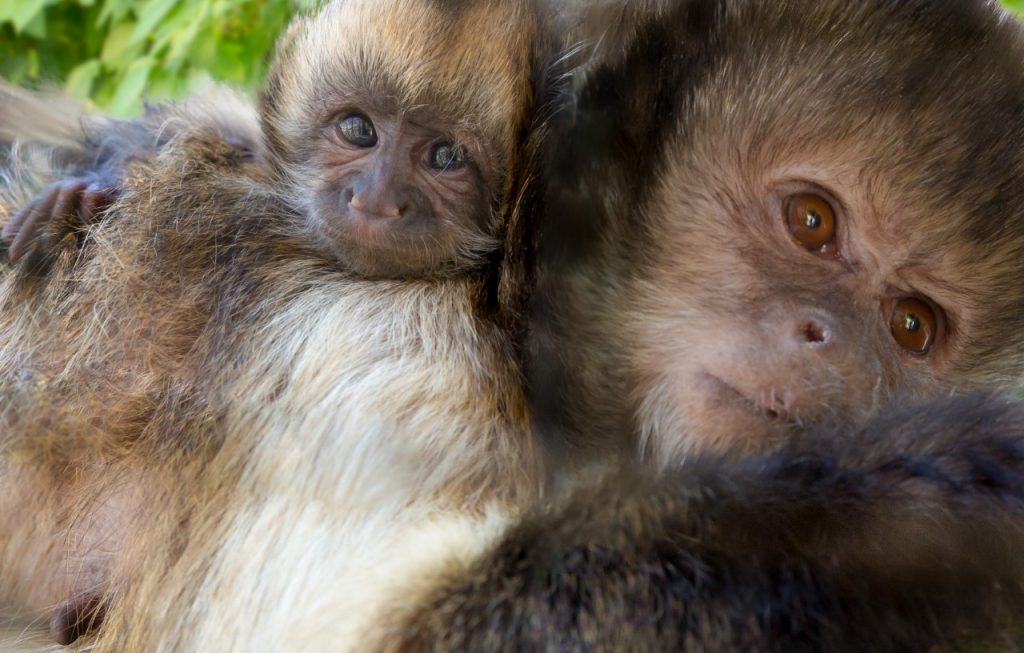Chemical analysis of elephant grass (Pennisetum purpureum) using near infrared reflectance spectroscopy (NIR)
Citation
Valdes EV, Renjifo A. 2003. Chemical analysis of elephant grass (Pennisetum purpureum) using near infrared reflectance spectroscopy (NIR). In Ward A, Brooks M, Maslanka M, Eds. Proceedings of the Fifth Conference on Zoo and Wildlife Nutrition, AZA Nutrition Advisory Group, Minneapolis, MN.
Abstract
Samples of Pennisetum purpureum (PP) were collected weekly commencing the summer of 2002 and throughout the year 2003. This grass is used in the feeding enrichment program for the African elephants (Loxodonta africana) at Disney’s Animal Kingdom (DAK). Samples were submitted to a laboratory where analyses of moisture, crude protein (CP), acid detergent fiber (ADF), neutral detergent fiber (NDF), fat (F), lignin (L) and gross energy (GE) were performed. Twenty-eight samples were used in the NIR calibrations. The accuracy of the calibrations was assessed by calculating the residual standard deviation (RSD) and the bias or average difference between the conventional laboratory methods and the NIR values. The RSD, Mean(NIR) and bias for the NIR predictions of the quality parameters studied were: dry matter (DM %), 0.66, 95.4, 0.01; CP %,.0.17, 8.9, 0; ADF %, 1.27, 42.3, 0.1; NDF %, 1.94, 70.0, 0.30; F %, 0.17, 1.63, 0.02; L %, 0.7, 5.7, 0.5 and GEkcal/g 0.18, 4.5, 0; respectively. The NIR predictions for these quality parameters were acceptable indicating that NIR can be used as an alternative analytical method. However, the accuracy of the predictions can be improved by adding more samples to the calibration set. The main advantage of NIR is that it is quick (seconds) and does not require sample preparation beyond drying and grinding. NIR is also an environmentally friendly technique that minimizes the use of toxic chemicals and can reduce the costs of conventional analyses.
 ValdezNAGNIR.03Final.pdf 18 KB
ValdezNAGNIR.03Final.pdf 18 KB








